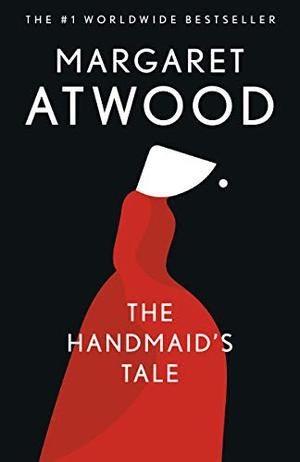Historical Fiction, Medieval Variety:
The Maiden of All Our Desires Peter Manseau (2022) We can’t escape our involvement in planetary calamities, as the 14th-century inhabitants of a small, isolated convent in the north of England discover. This novel is set on a single day, during a fierce December blizzard, twenty years after the peak of the Black Plague. (There are multiple flashbacks to the plague years, including one very violent scene.) Several lives and past lives intersect, including that of the abbess, the former abbess, the resident priest, one of the nuns, and a young woman who lives in the nearby forest. The novelist evokes the period effectively, with gorgeous descriptors. I predicted the denouement early on, but I couldn’t help wondering how the nuns managed to brave the blizzard without cloaks!
Modern Families:
Hello Beautiful Ann Napolitano (2023) William Waters had a terrible childhood in Boston. When he goes off to Northwestern University in Chicago on a basketball scholarship, he meets Julie Padavano and her gregarious Italian American family, which includes her three sisters. He begins to think that his life is turning around, but his dark past is only temporarily tamped down. All sorts of trouble ensues. The novelist echoes some of the themes of the four sisters in Little Women, however it isn’t necessary that you pull out your tattered copy of Louisa May Alcott’s classic to appreciate the well-drawn characters in Hello Beautiful. The Padavano sisters’ love for each other—and for William—shines brightly as they work their way through the decades of their lives to the chapters that conclude in 2008. And you don’t have to understand basketball, either.
Story of a Bad Guy:
The Complicities Stacey D’Erasmo (2022) How might the people who surround white-collar criminals, such as the charismatic con man Alan, be complicit in their crimes? Readers get insights into several of Alan’s relationships. When Alan goes to prison, Suzanne, his first wife, divorces him and tries to reinvent herself. Lydia, his second wife, has survived a terrible accident and is a recovering alcoholic. Sylvia, his mother, is an aging free spirit who wants to reconnect with her estranged son. Noah, Alan’s adult son, always remains loyal to him. I found the shifting narrative viewpoints sometimes hard to reconcile, but the characters here are well developed, and the moral issues are thought-provoking. Oh, and a beached whale plays a major role.
Dystopian Fiction (Story of Extremely Bad Guys):
The Testaments Margaret Atwood (2019) Dystopian novels and movies creep me out, but I had to read Atwood’s Booker-prize winning sequel to The Handmaid’s Tale (published in 1985), which I reviewed recently. For decades, fans begged Atwood to explain how her fictional society of Gilead (theocratic, brutal, corrupt) finally fell, leading to the restoration of the United States. The “testaments” of the sequel title are documents written by three women—two of them are within Gilead, and the third, though in Canada, is unknowingly linked to events in Gilead. The narrative moves from one testament to another at a brisk pace, so I kept turning those pages even as I shuddered at the gruesome atrocities depicted. The highly skilled Atwood has written this sequel with meticulous care, offering truly sobering parallels between Gilead and the United States of the early 21st century.







